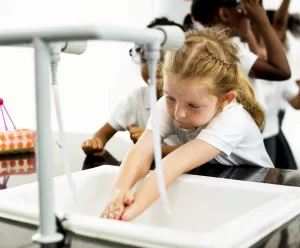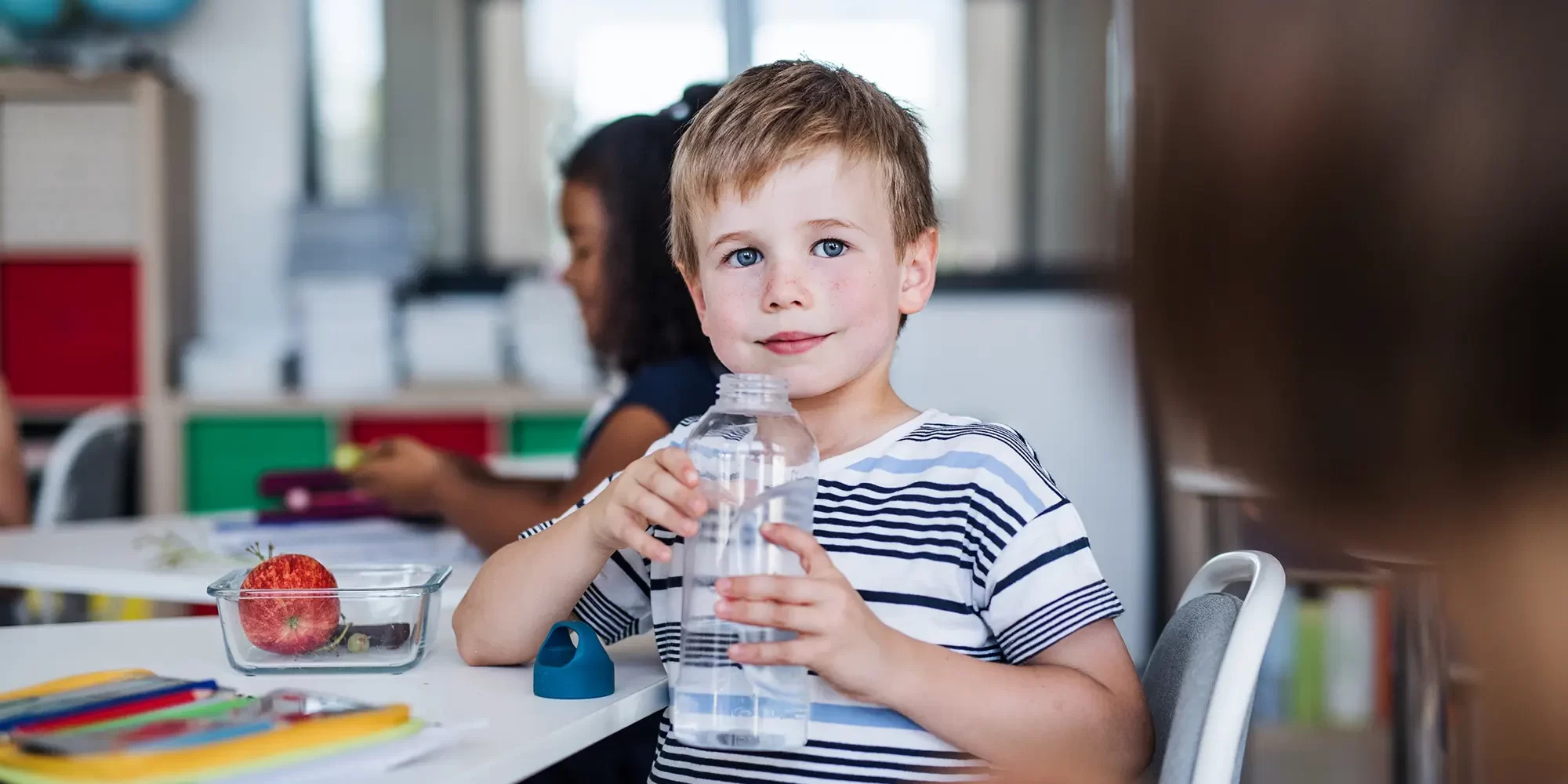Providing safe drinking water in schools is crucial for the health and well-being of students and staff.
Contaminated water can lead to a range of health issues, including gastrointestinal diseases and other serious illnesses.
Chlorine Dioxide (ClO2) is an effective solution for maintaining clean and safe drinking water systems in educational institutions, ensuring that students have access to high-quality water at all times.
The Importance of Safe Drinking Water in Schools
 Schools are responsible for ensuring that their drinking water is free from harmful contaminants. This includes bacteria, viruses, and other pathogens that can pose significant health risks. Young children are particularly vulnerable to waterborne diseases, making it essential for schools to implement rigorous water safety measures.
Schools are responsible for ensuring that their drinking water is free from harmful contaminants. This includes bacteria, viruses, and other pathogens that can pose significant health risks. Young children are particularly vulnerable to waterborne diseases, making it essential for schools to implement rigorous water safety measures.
How Chlorine Dioxide Works
Chlorine Dioxide is a powerful oxidising agent that is highly effective in disinfecting water. Unlike traditional chlorine, ClO2 does not form harmful by-products when it reacts with organic matter. This makes it a safer and more environmentally friendly option for water treatment.
ClO2 works by penetrating the cell walls of microorganisms and disrupting their metabolic processes. This effectively kills bacteria, viruses, and protozoa, ensuring that the water is safe to drink. Additionally, Chlorine Dioxide is effective at low concentrations, making it a cost-effective solution for schools.
Benefits of Using Chlorine Dioxide in Schools
1. Broad-Spectrum Disinfection: Chlorine Dioxide is effective against a wide range of pathogens, including bacteria, viruses, and protozoa. This comprehensive disinfection ensures that the drinking water in schools is free from harmful microorganisms.
2. No Harmful By-Products: Traditional chlorine can react with organic matter in the water to form harmful by-products, such as trihalomethanes (THMs) and haloacetic acids (HAAs). Chlorine Dioxide, on the other hand, does not produce these by-products, making it a safer option for students.
3. Effective at Low Concentrations: ClO2 is effective even at low concentrations, which reduces the chemical load in the water. This not only makes it cost-effective but also minimises any potential taste or odour issues.
4. Biofilm Control: Biofilms are layers of microorganisms that can form on the surfaces of water pipes and storage tanks. These biofilms can harbour harmful bacteria and protect them from disinfectants. Chlorine Dioxide is highly effective at penetrating and removing biofilms, ensuring that the entire water system remains clean and safe.
Implementing Chlorine Dioxide in School Water Systems
To implement Chlorine Dioxide in a school’s water system, it is essential to have the right equipment and procedures in place. This includes:
- ClO2 Generators: Schools need to install Chlorine Dioxide generators that can produce the necessary concentrations of ClO2 for water disinfection. These generators should be regularly maintained to ensure consistent performance.
- Monitoring Systems: Continuous monitoring of ClO2 levels in the water is crucial to ensure that the disinfection process is effective. Automated monitoring systems can provide real-time data and alerts if the ClO2 levels fall outside the optimal range.
- Regular Testing: Schools should conduct regular water quality testing to verify that the water is free from harmful contaminants. This includes testing for ClO2 levels, as well as for the presence of bacteria and other pathogens.
Ensuring safe drinking water in schools is essential for protecting student health. Chlorine Dioxide offers a reliable and effective solution for disinfecting school water systems, providing broad-spectrum disinfection without harmful by-products. By implementing ClO2 in their water treatment processes, schools can maintain high water quality standards and safeguard the health of their students and staff. For more information on how Chlorine Dioxide can enhance the safety of drinking water in your school, contact us at Scotmas today.






